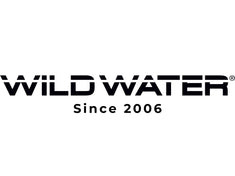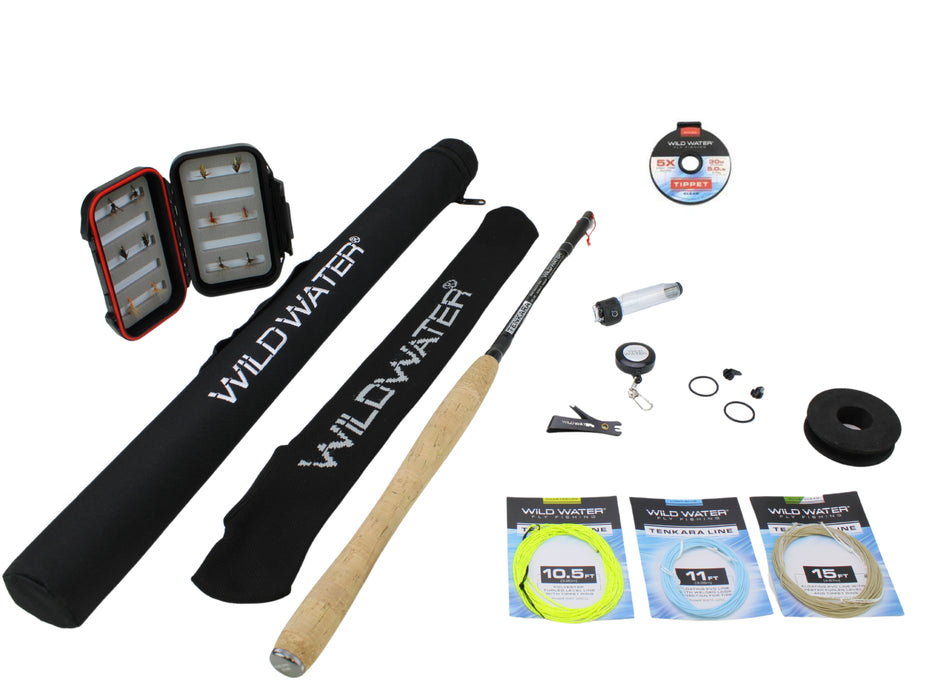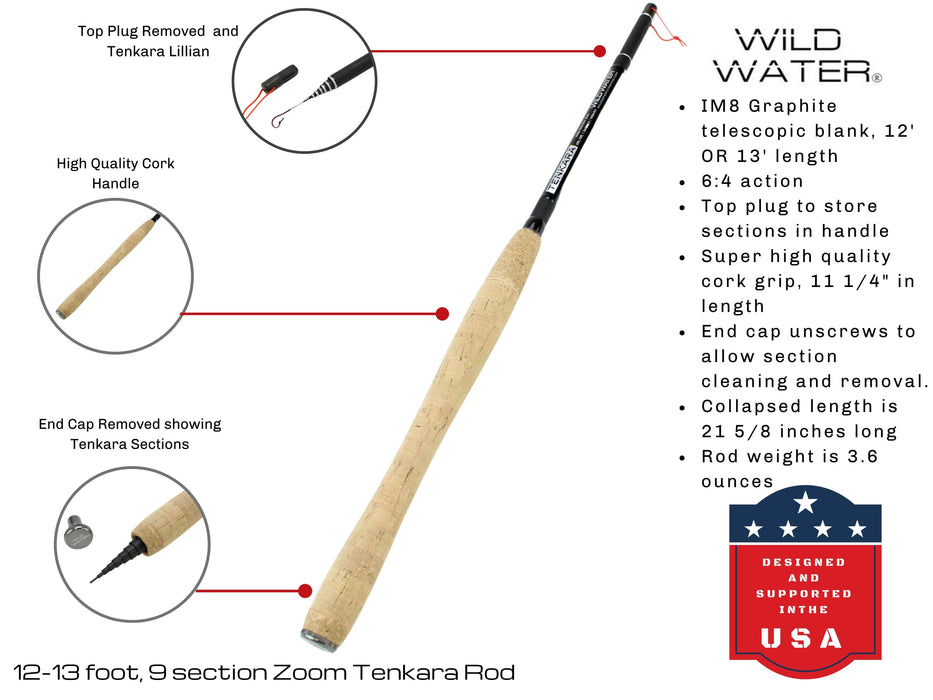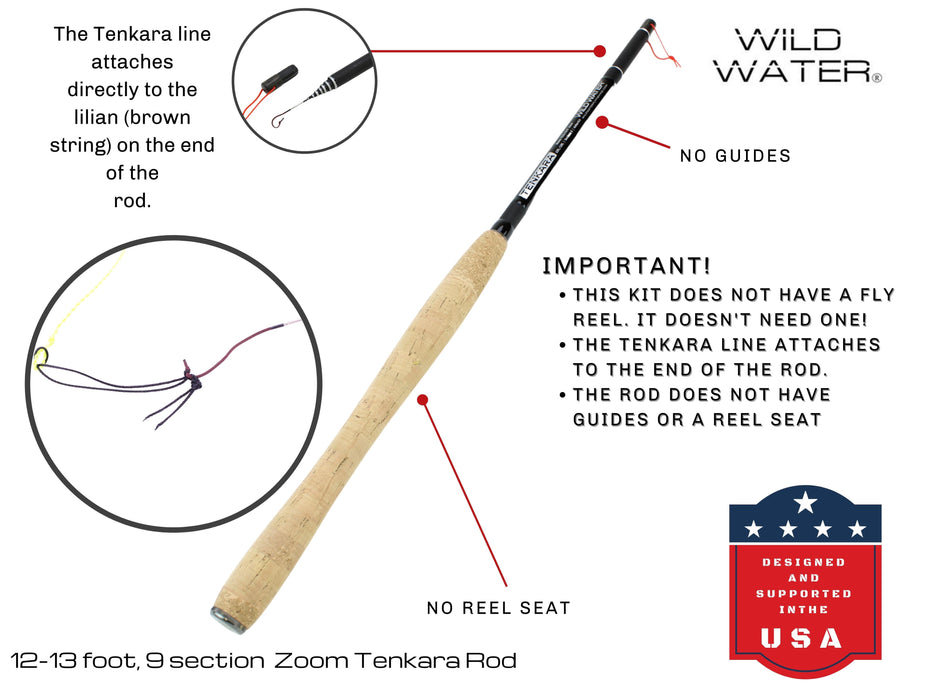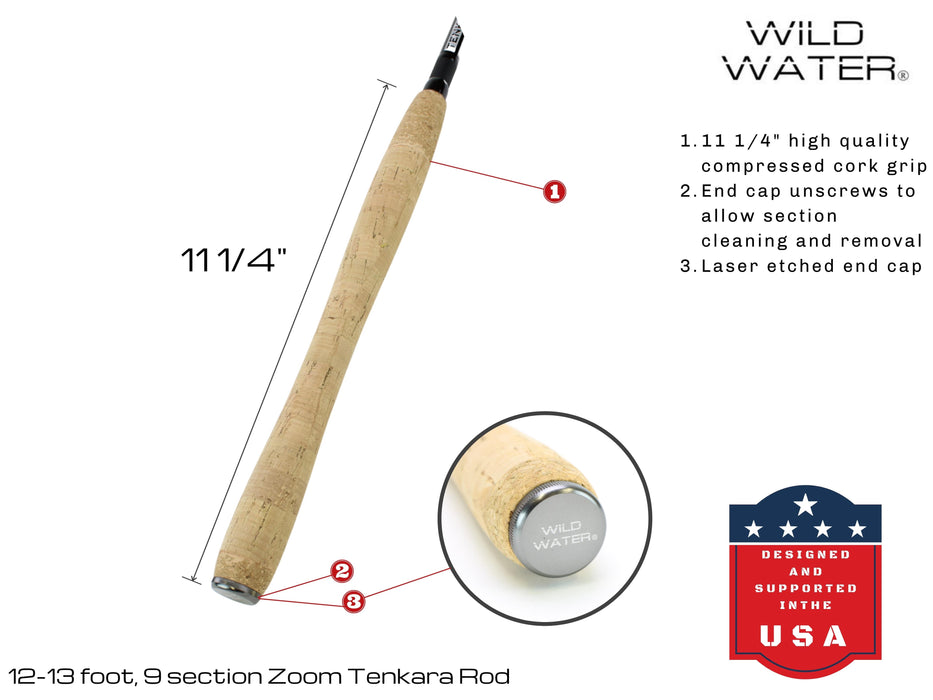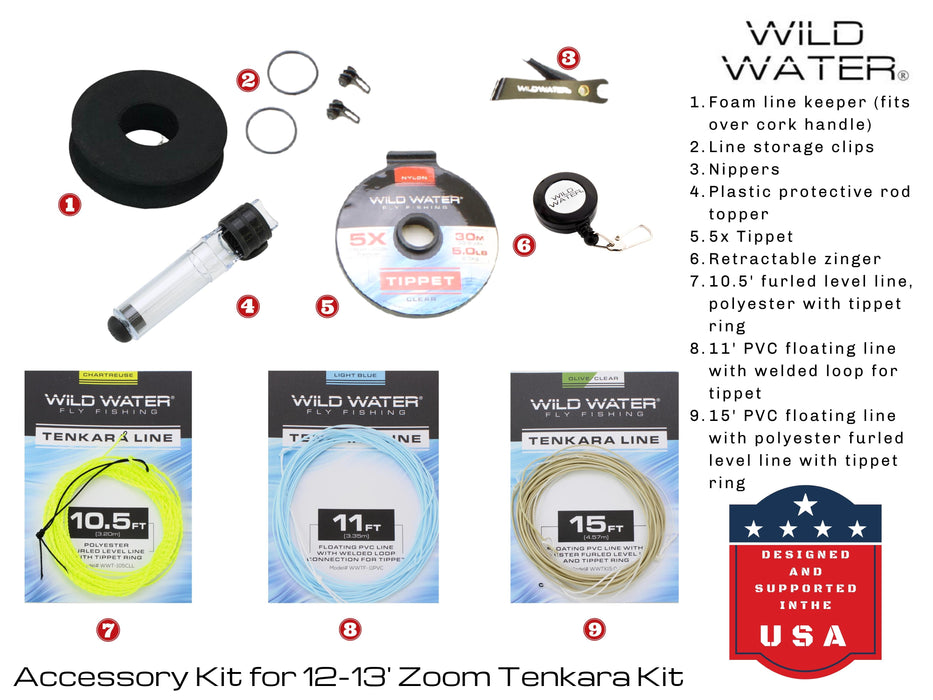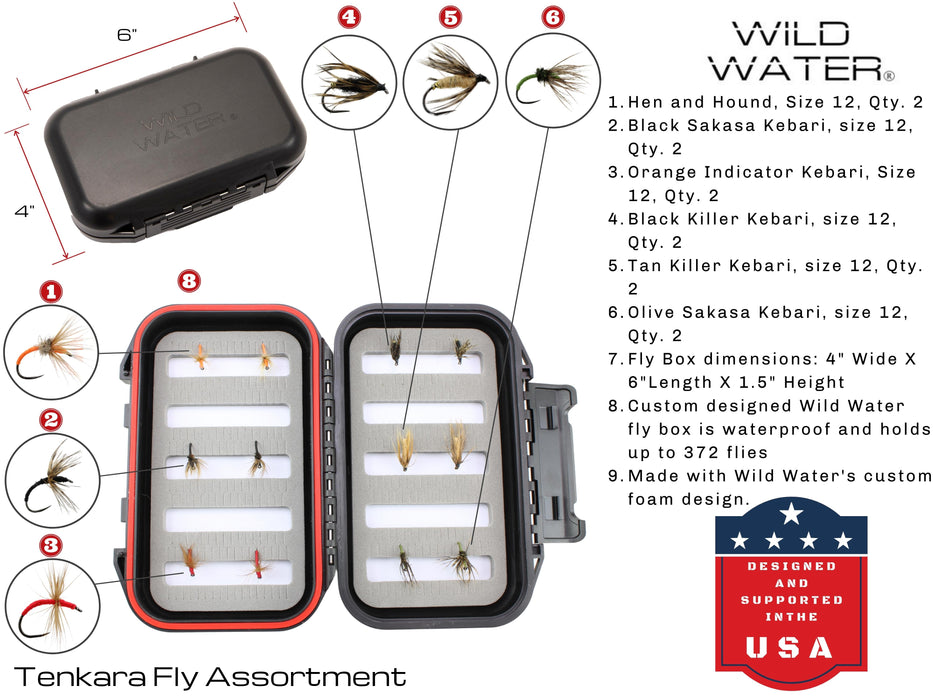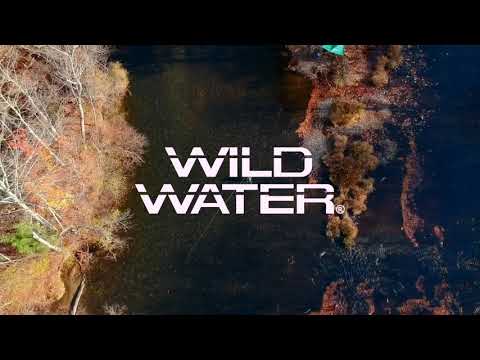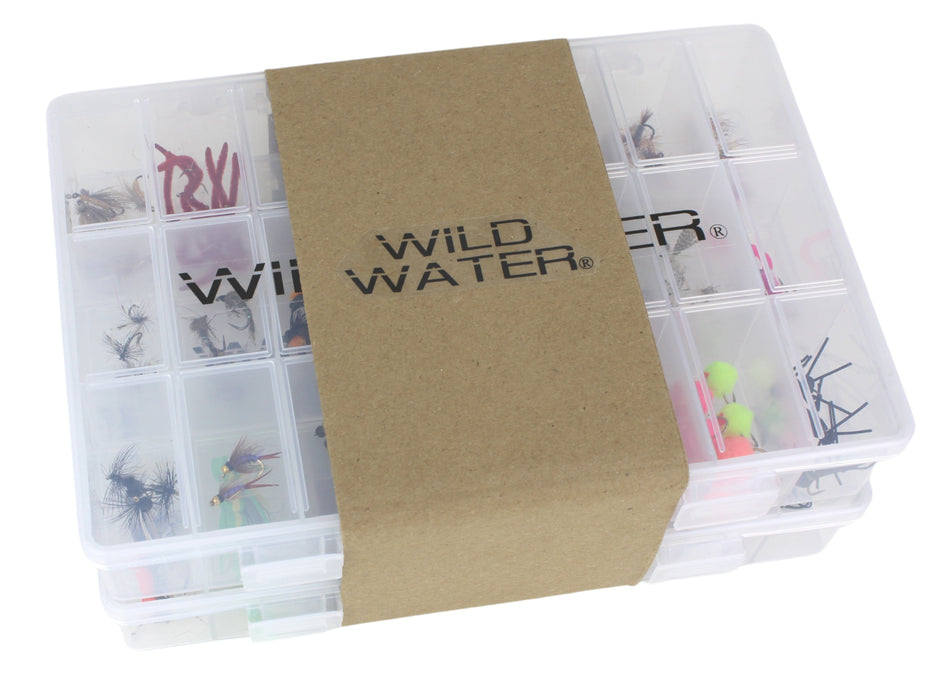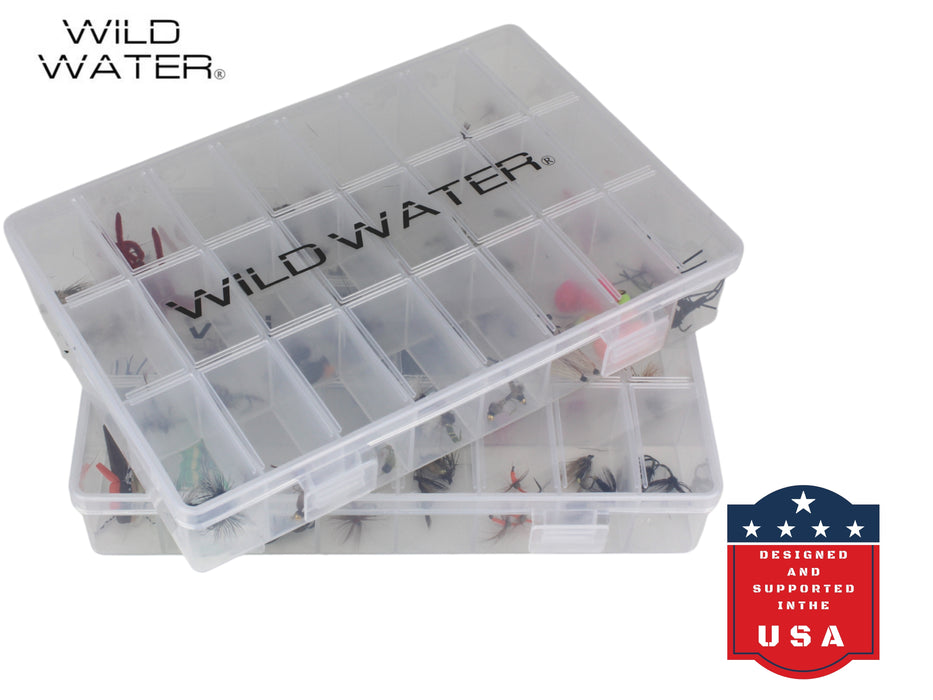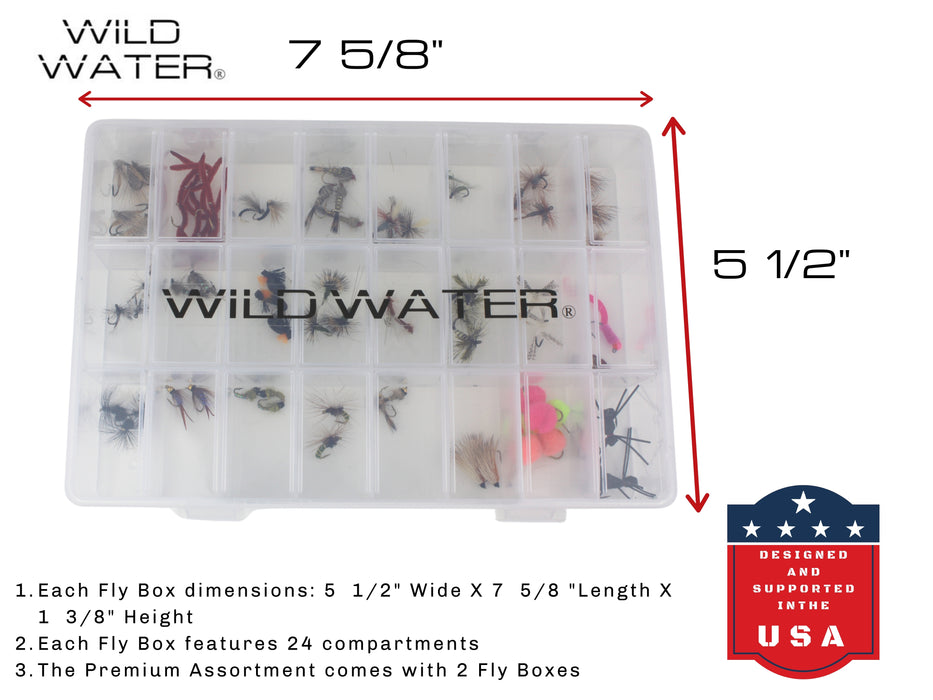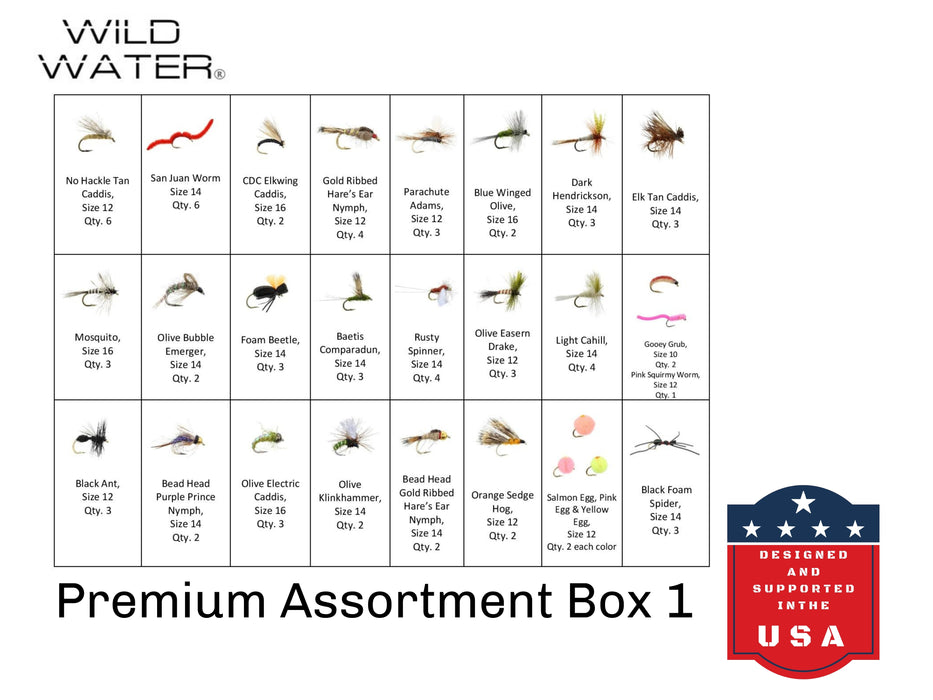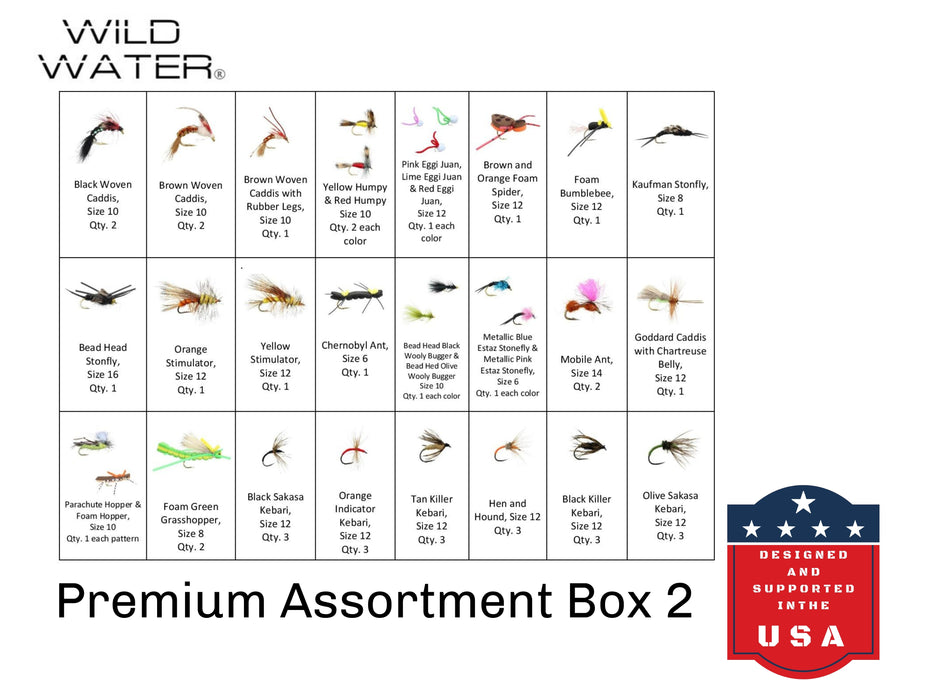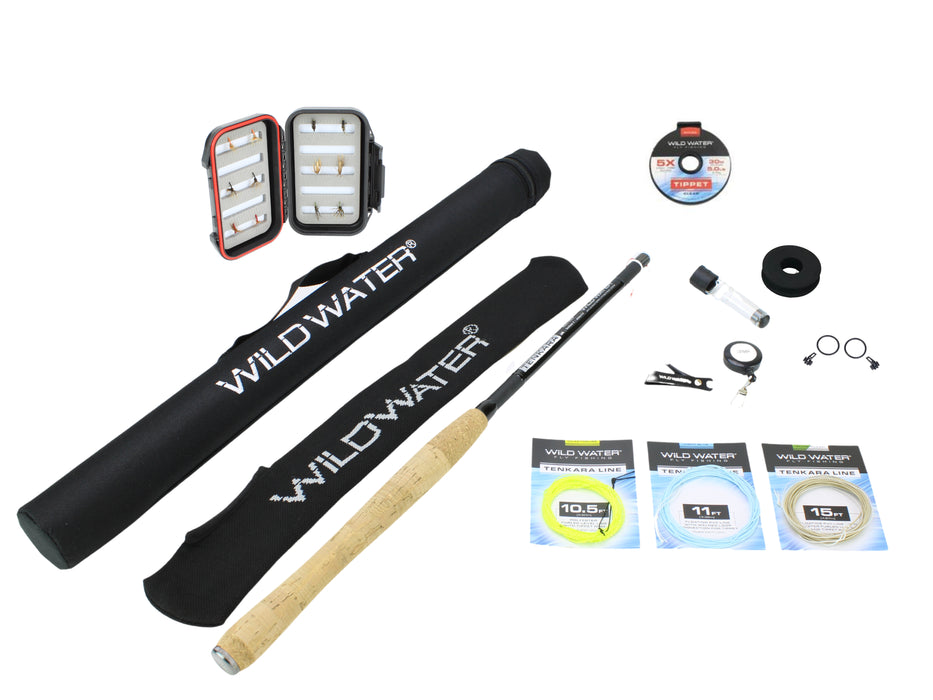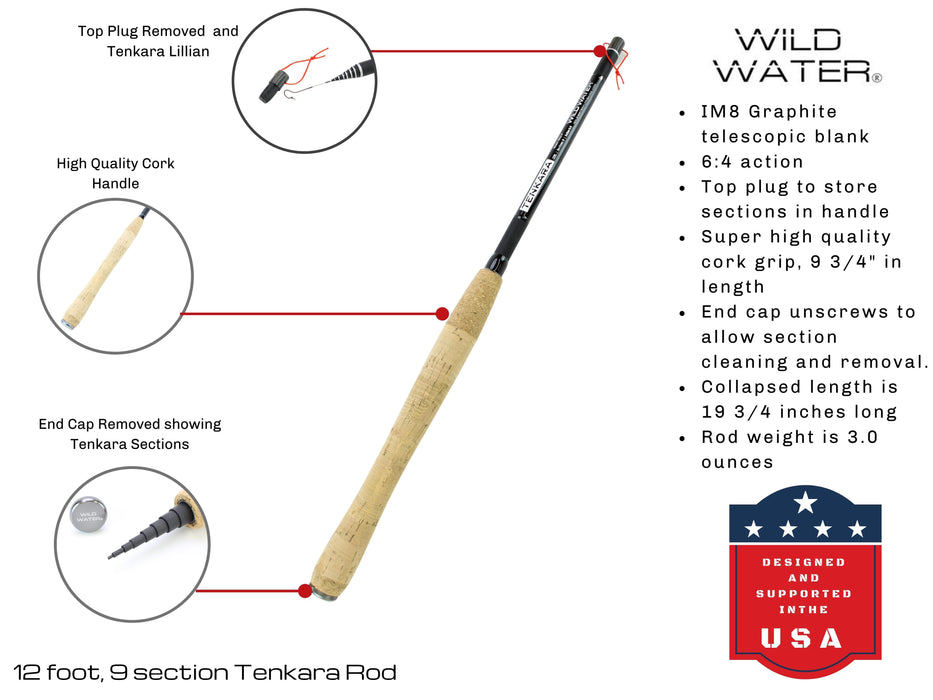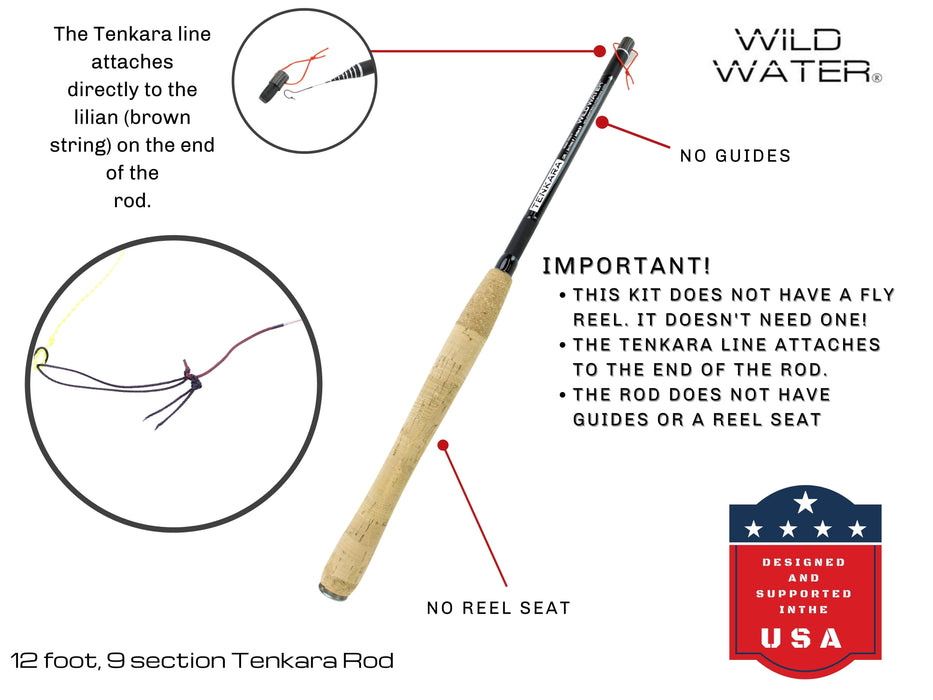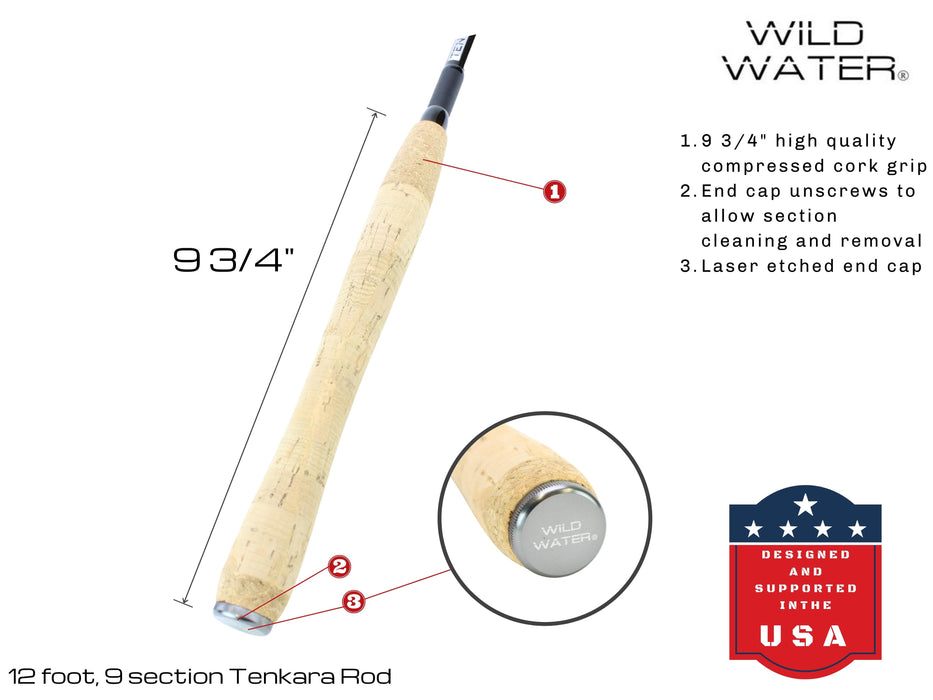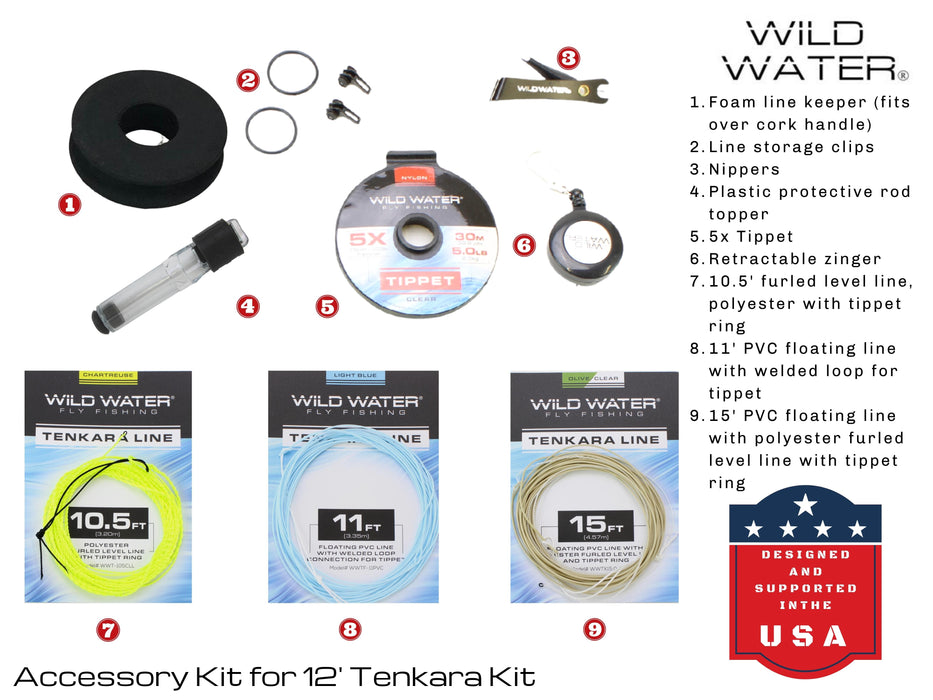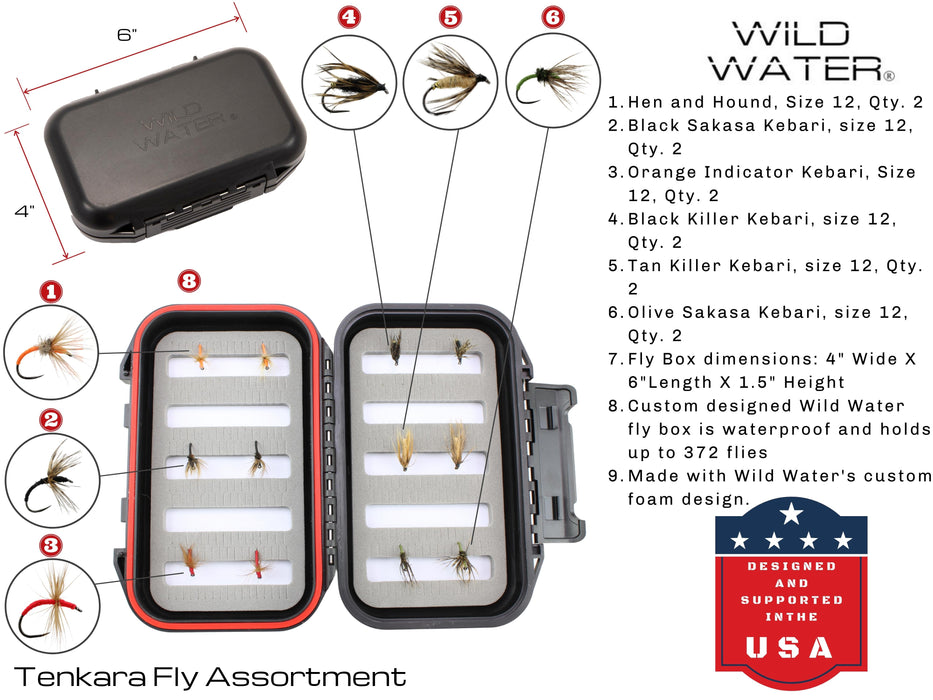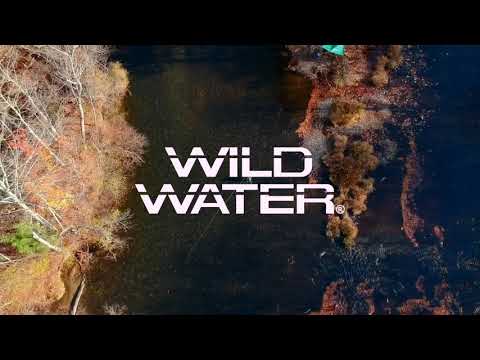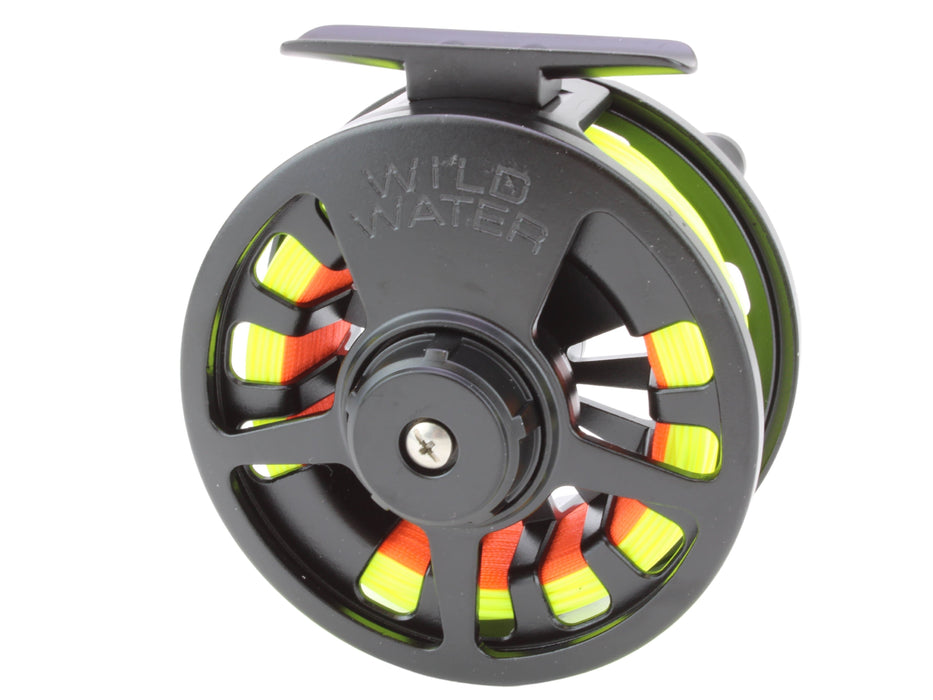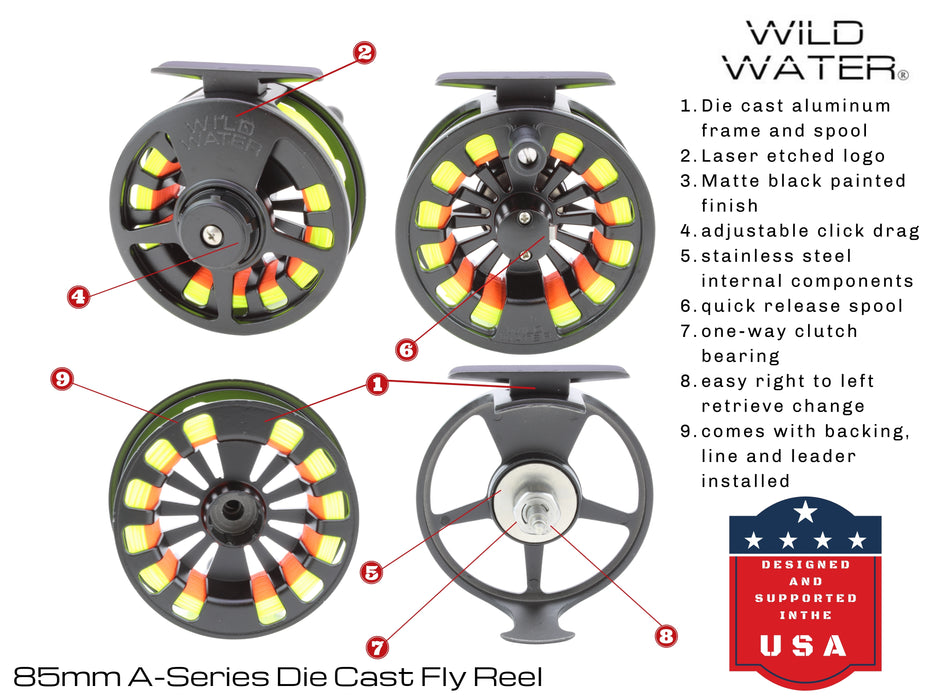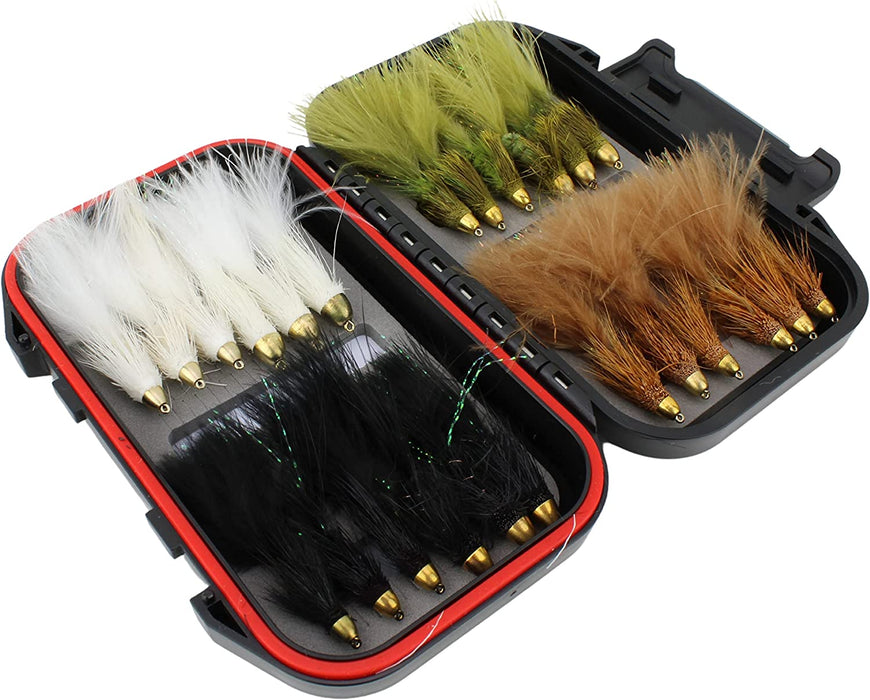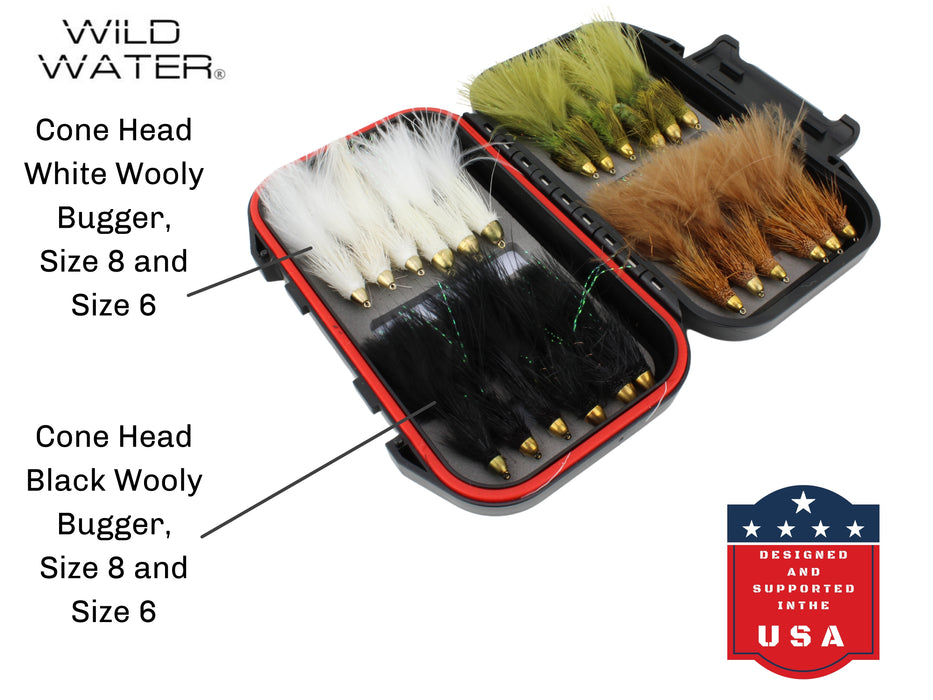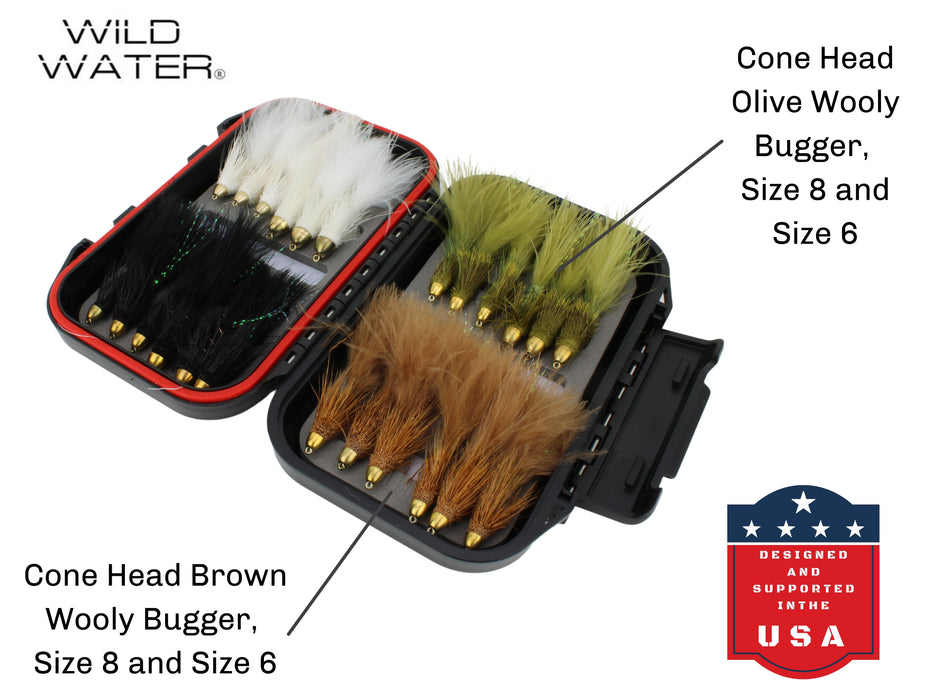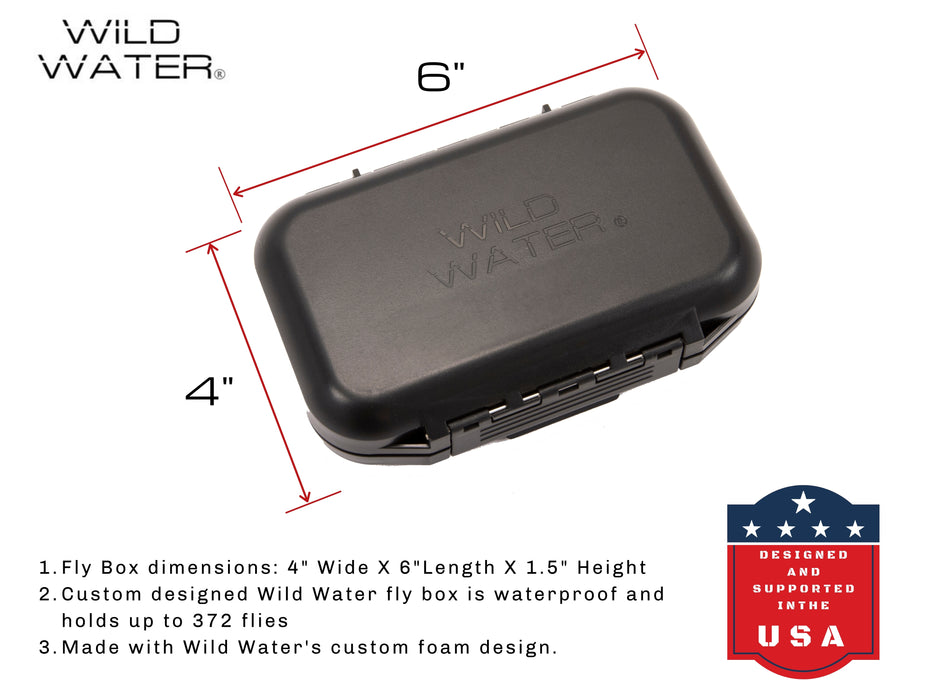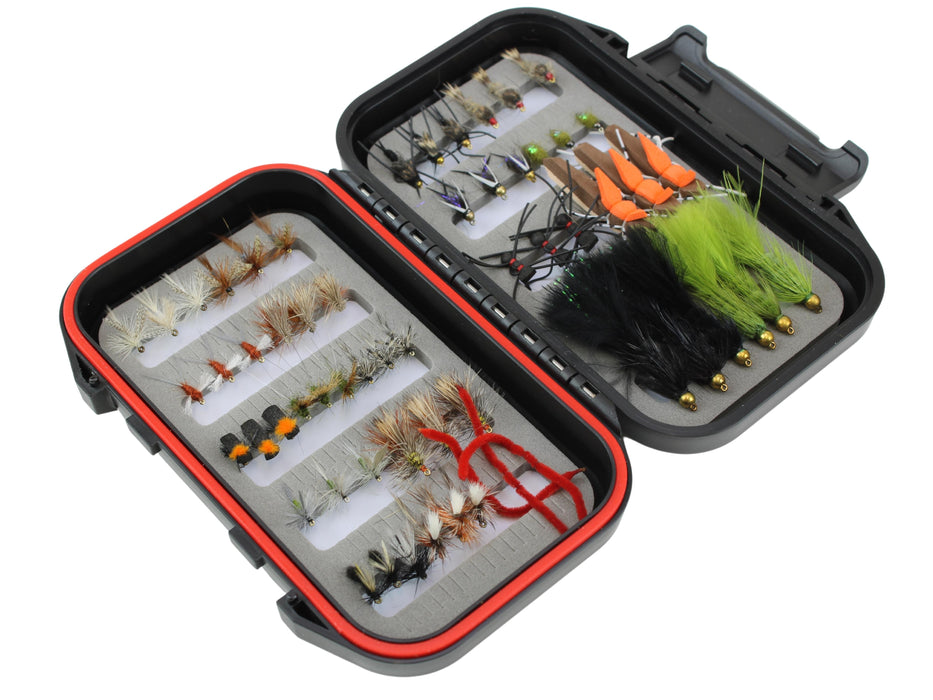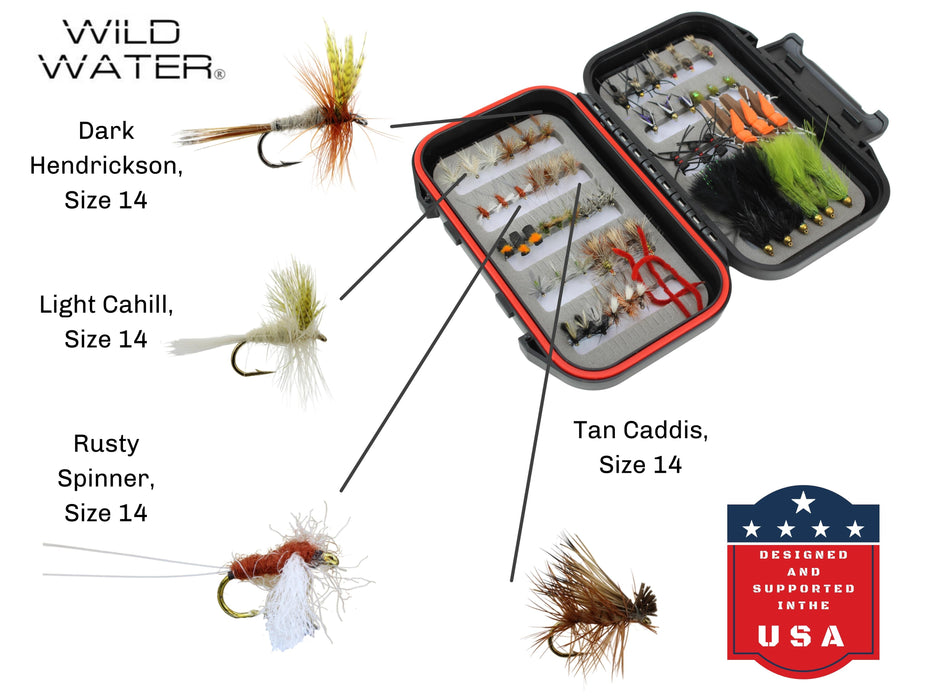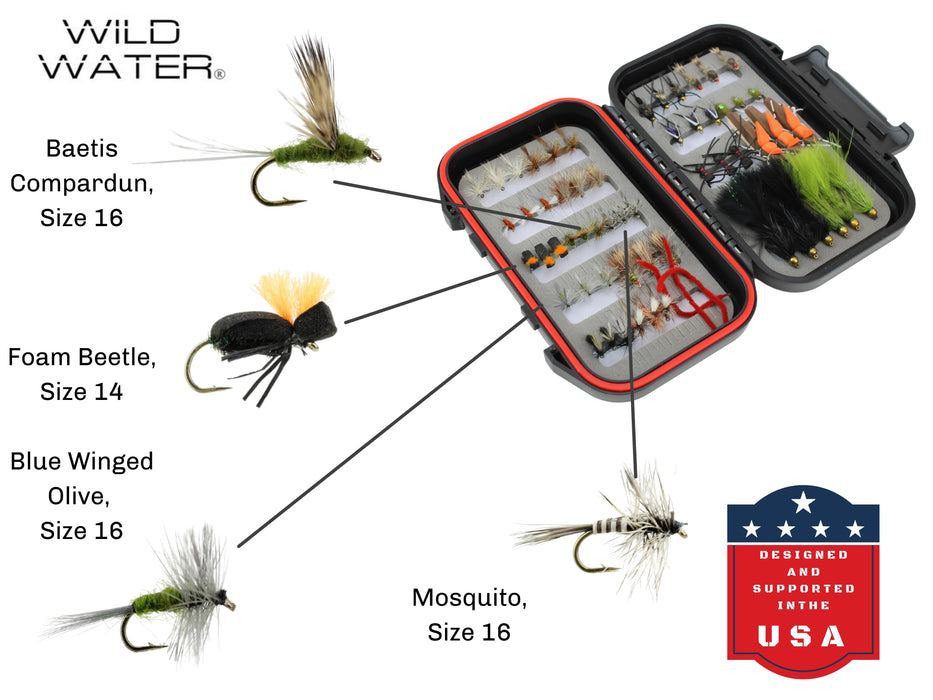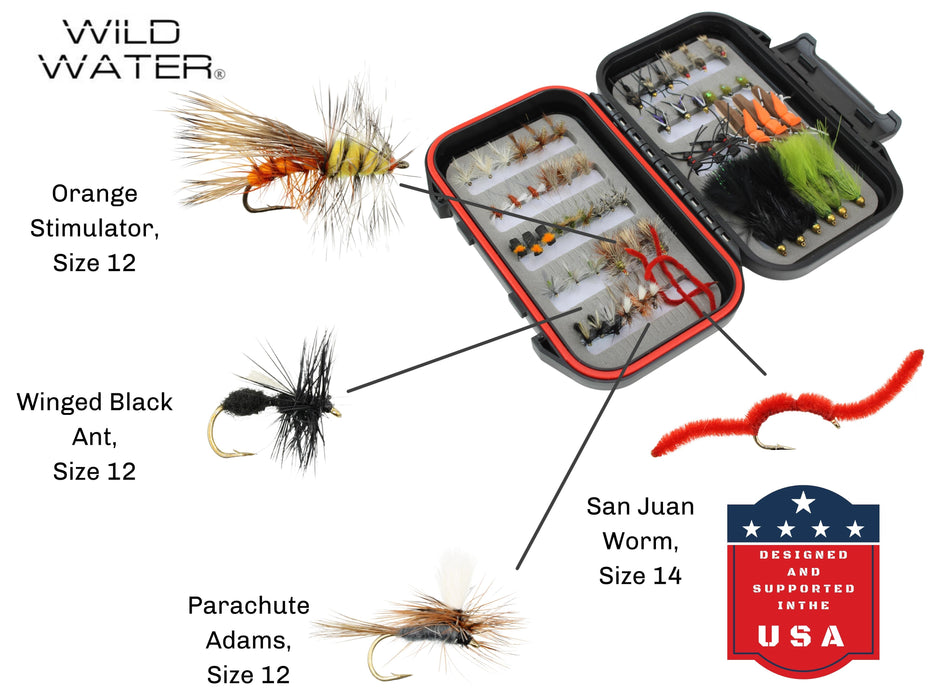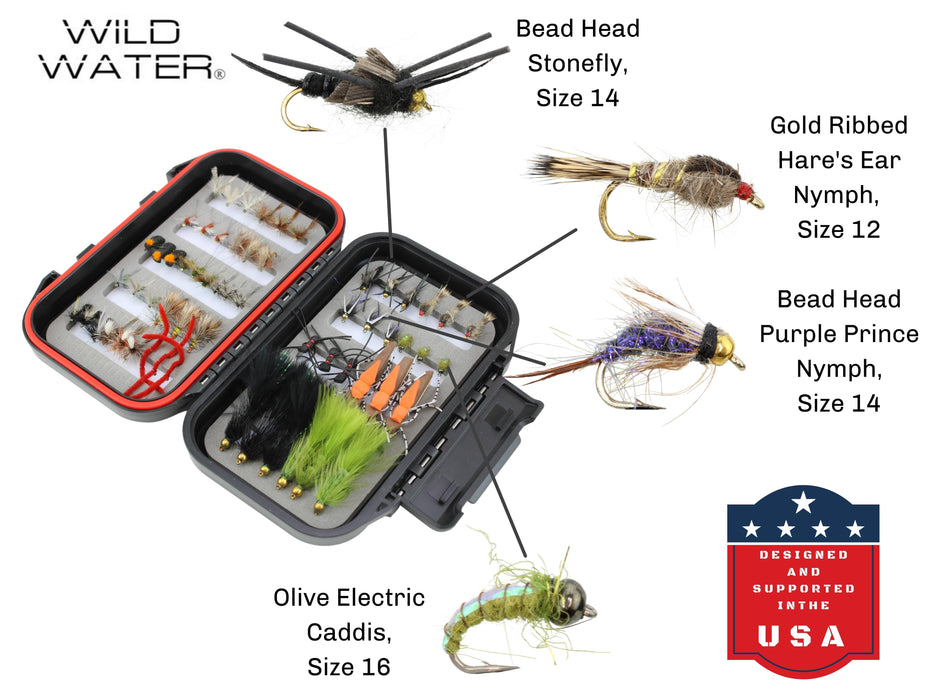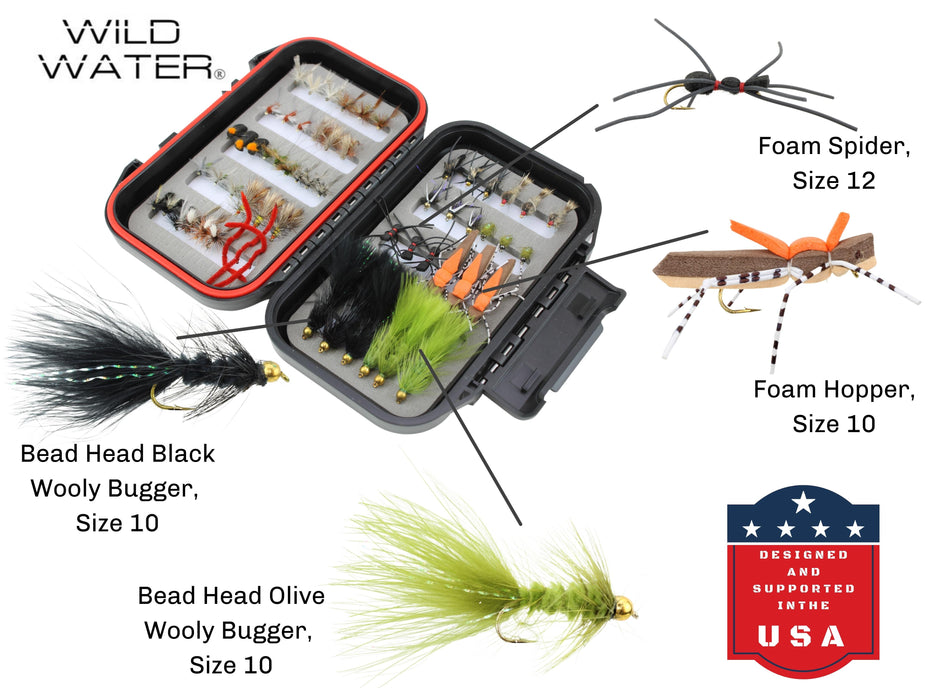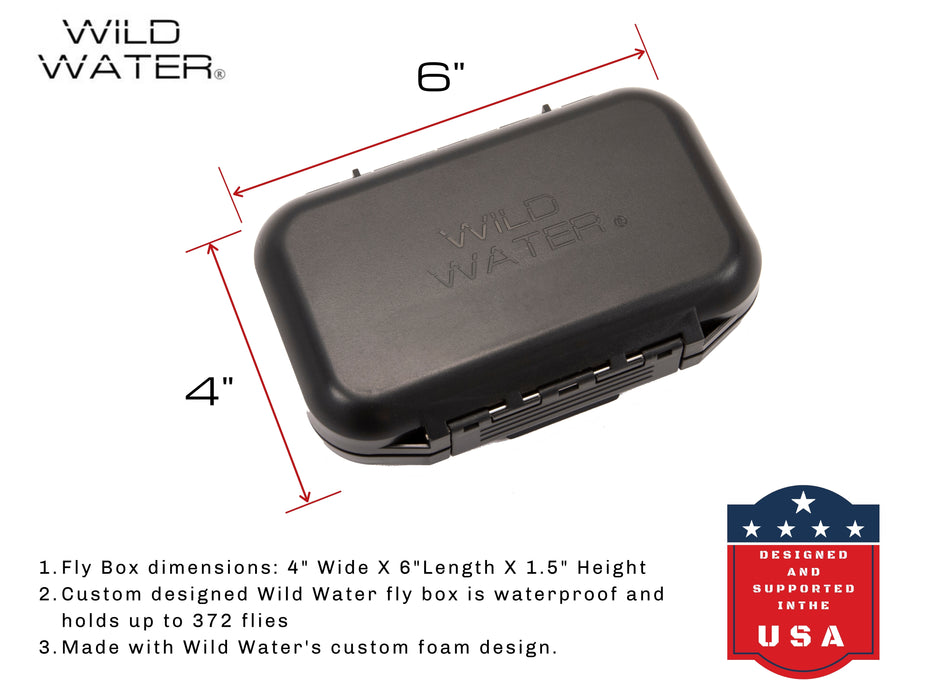Fly Fishing in Milford, Kansas
Similar to many states in the Midwest, Kansas isn’t considered to be a hotbed of coldwater streams perfect for fly fishing. As a result, fly anglers have to get a bit creative in how they approach these states. In Kansas, Milford Lake is widely known as one of the best fisheries in the entire state and it lives up to the hype with a fly rod. Fly rods aren’t common on Milford Lake, so it always leads to some exciting fishing whenever you get to use it. The fish are eager to eat those flies.
Geography and Topography
The land in Milford is fairly similar to what the rest of Kansas looks like. It’s fairly flat with small forests and massive grasslands. The lake itself, however, covers 15,700 acres and it’s the largest manmade lake in the state.
Along the shore, anglers will see limestone cliffs and heavy vegetation. There are certain points of shoreline that are almost completely bare that are heavily hit by the wind. There’s a certain beauty that this lake provides. The Republican River flows in and out of the lake, so it has some unique surroundings.
Type of Water
Milford Lake is a fairly shallow lake with max depths reaching 70 or so feet. As a result, fish are active in most parts of the lake, but they will congregate in the deepest section during some of the more extreme weather that the state endures.
The lake has healthy vegetation as well as a decent amount of structure, so the fishery is fairly diverse. Fish will spend time hovered around structure due to the clarity of the water. It’s best fished by boat, but it’s possible to fish from shore if you’re willing to do some wading.
The Republican River flows in and out of the lake, but the water levels are known to fluctuate, so the lake itself depends on snow and rain to keep it filled throughout the year.
Climate
In the winter, temperatures average around the high 30s and low 40s in Milford. At night, temperatures will drop to single digits, but most of the time, the temperature is in teens and 20s.
In the spring and fall, temperatures hover around 60 and 70 degrees. Summer temperatures are known to get extremely hot with temperatures averaging in the high 80s and low 90s.
Wind is also a factor in Milford. Due to the flat ground and large open spaces, wind will whip across the lake causing most of the fish to congregate on one side of the lake or the other depending on the direction its blowing.
Fly Fishing on Milford Lake & Surrounding Waters
Milford Lake is a blast to fly fish because the entire lake essentially accessible with a fly rod. There are some deeper sections of water that make it challenging to fish, but for the most part, water stays between 5-25 feet deep. You can attack areas of vegetation or structure with streamers, dries and nymphs.
Fly anglers will spend the majority of their time targeting panfish (sunfish, perch and crappie) as well as smallmouth bass. The lake also holds walleye and catfish populations, but the smallies are an absolute blast to target. They can grow to be 4 to 5 pounds and are extremely aggressive.
The Republican River is fairly shallow, so sightfishing is possible on the days when the water isn’t overly cloudy.
Best Time of Year to Fish Milford Lake & Surrounding Waters
The best time of year to fish Milford Lake is in the spring and fall. March through early June and September through November are when the fish are going to be the most active. Temperatures in the summer can become extremely hot, so the fish are deep and aren’t as eager to feed.
Stick to those cooler months and you’ll have plenty of success.
How To Access Milford Lake
Milford Lake is best accessed from Milford State Park on the southeast shore. The state park offers several piers, trails and boat ramps that allow you to easily get onto the water. There is a small daily fee to access the park, so if you don’t want to pay that, there are other free public boat ramps on the north side of the lake. There are 14 total boat ramps, so access isn’t a problem.
I like the state park because of the walkable shoreline. I’m able to cover quite a bit of ground with my fly rod each day.
Gear and Flies to Use
On Milford Lake, I like to use my 5-weight or 6-weight 9’ fast action rod. I’ve never run into fish that have given me too much of a challenge on a 5-weight or 6-weight. I’ll pair the rod with a 6-weight reel and 6-weight sink tip line if I’m throwing nymphs or streamers. If I’m throwing dries, I’ll use a 6-weight floating line.
For flies, I stick with streamers, terrestrials poppers. I like baitfish and crayfish patterns from size 2-8. Woolly Buggers, Clouser Minnows, Umpqua Baitfish, crayfish patterns and leech patterns are the best for bass.
Poppers, beetles and ant patters are going to land you the most fish if you prefer fishing on the surface.
Recommended Fishing Techniques
On Milford Lake, I look for weed lines and structure. The water near the state park has a nice mixture of both of these. I’ll find the edge of the weed lines and make my cast. I like to let my fly fall in the water for a few seconds before I make my strips. I’ll do short, little strips interrupted by long strips. I’ve found that the bass will hit my fly as it falls on the short strips.
I’ll otherwise look for drop-offs or areas of heavy structure. If possible, I’ll cast right along the edge of the drop off and give my fly a few seconds to tumble down the drop-off before I make a few quick strips. This seems to get the bass frustrated and they’ll chase out of the deeper water.
Areas of heavy structure like rock piles or tree piles always produce fish. Bass are sitting nearby these waiting for a smaller fish to escape and I’ll make sure to create as much action with my fly as possible. It doesn’t matter if I’m throwing streamers or poppers; the bass will always eat near structure.
Type of Fish Near Milford, KS
Smallmouth bass, panfish, walleye and catfish are the primary targets for anglers in Milford, Kansas.
Conclusion
Milford Lake in Kansas is one of the first lakes I ever fly fished. I found myself in love with the accessibility of the lake and it’s not challenging to cover with a fly rod. I’ve fished it from shore and on a boat and both methods have produced plenty of fish. Look for the “fishy” areas like weed lines and structure and stay patient. Work your way around them, and you’ll have success.
